- About us
- Support the Gallery
- Venue hire
- Publications
- Research library
- Organisation chart
- Employment
- Contact us
- Make a booking
- Onsite programs
- Online programs
- School visit information
- Learning resources
- Little Darlings
- Professional learning

It is not every day that a national gallery turns its walls over to the animal companions that bring unconditional love and joy to their owners but this summer we have opened the doors to 15 contemporary artists with very different ways of depicting our furry, feathered and scaled pets.
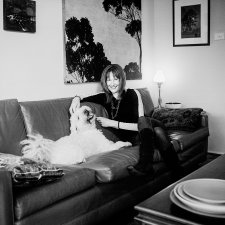
Curator, Sarah Engledow, introduces the artists and the animals in The Popular Pet Show.
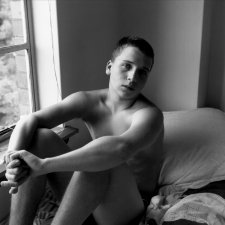
Dr Sarah Engledow, National Photographic Portrait Prize judge and curator, introduces the 2011 Prize.
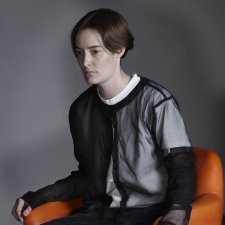
Dr Sarah Engledow, National Photographic Portrait Prize judge and curator, introduces the 2014 Prize.
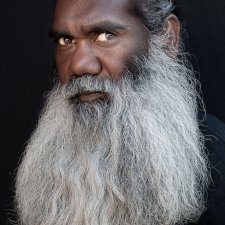
Dr Sarah Engledow, National Photographic Portrait Prize judge and curator, introduces the 2017 Prize.
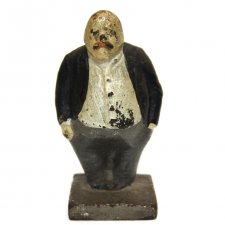
Sarah Engledow explores the history of the prime ministers and artists featured in the exhibition.
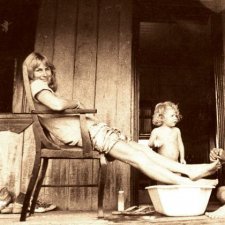
One night in the spring of 1970 in an old house in Whale Beach, north of Sydney, John Witzig, Albe Falzon and David Elfick put together the first issue of Tracks, playing Neil Young’s album Harvest over and over again as they pasted up galleys of type.
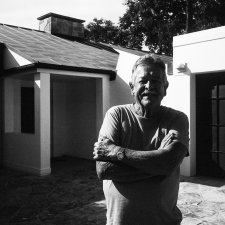
With a mum who was married to a tradie, you’d think it a fair chance that the baby Jesus would have grown up with a dog in the house.
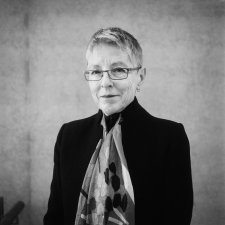
Jude Rae’s high reputation rests on her austere, cerebral still lifes of gas canisters, electric jugs and jars, which she groups and rearranges for paintings that catch their difficult curves and reflections. Her self-portrait’s likewise thoughtfully composed.
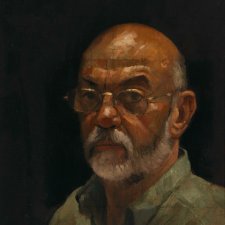
Sarah Engledow chronicles Rick Amor's work and accomplishments in this extensive essay in conjunction with the exhibition Rick Amor: 21 Portraits.

Sarah Engledow looks at three decades of Nicholas Harding's portraiture.
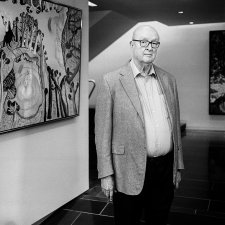
Unique in the world, perhaps, is a bronze sculpture that fuses the age-old human portrait bronze tradition, and the later genre of the bronze pug figurine: that’d be William Robinson’s Self-portrait with pug.
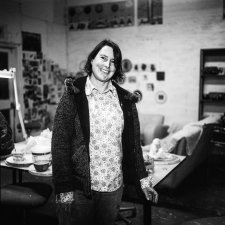
Anna Culliton never had a colouring-in book when she was little. Her parents –Tony, a filmmaker, and Stephanie, a painter – wouldn’t let her have one. Instead, they insisted on her drawing her own pictures to colour-in.
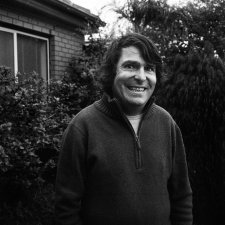
The wild balancing act of McDonald’s home décor (is that there as a joke? where do I actually sit down? is this ironic or what? what a lovely photo of Darren and Robin in Europe!) is reflected in his own personality.

Shen Jiawei was born in China. During the Cultural Revolution he laboured in the Great Northern Wilderness, but even as he worked there, he gained recognition as an artist.
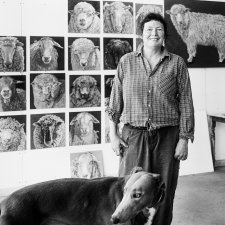
Most well-regarded pictures of chickens show them dead. A reliable way to tell if a chicken in a painting is dead is to check if it’s hanging upside down, because unlike, say, cockatoos, chickens don’t practise inversion for enjoyment in life.